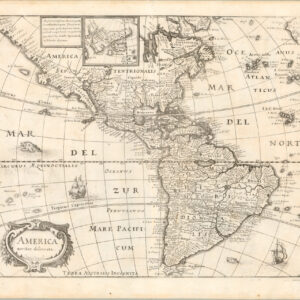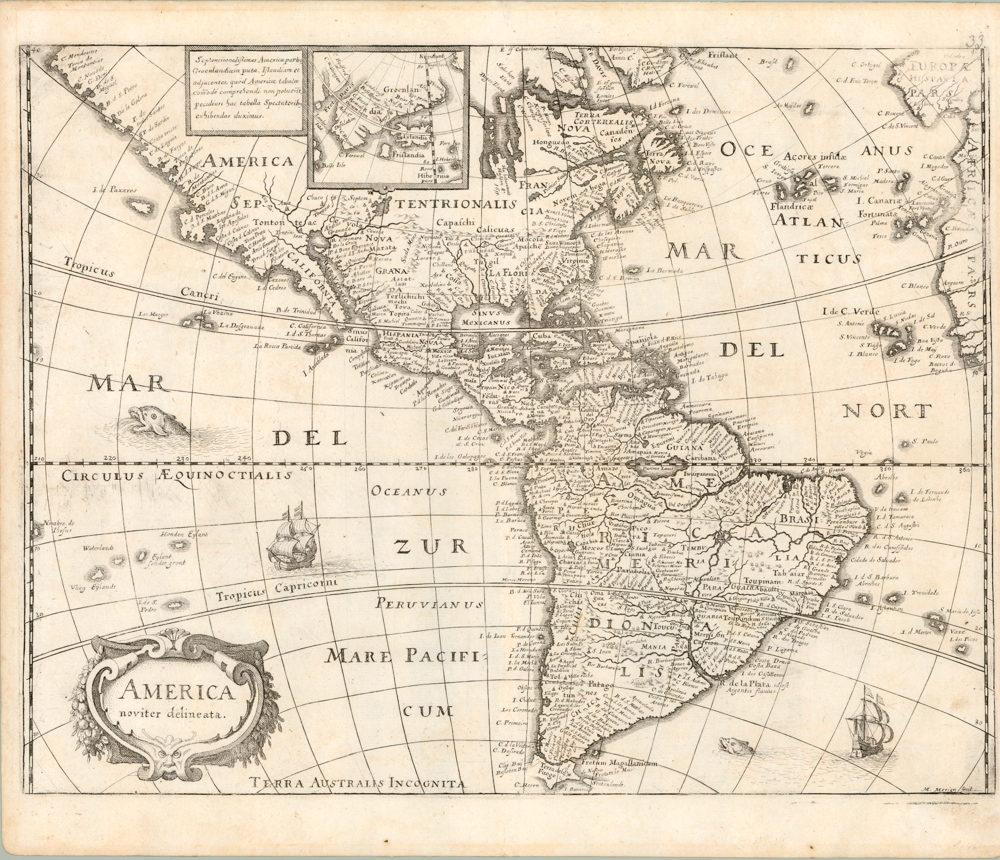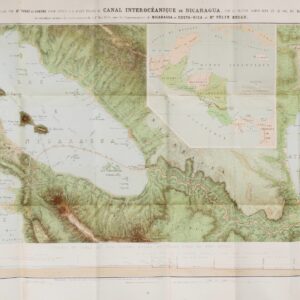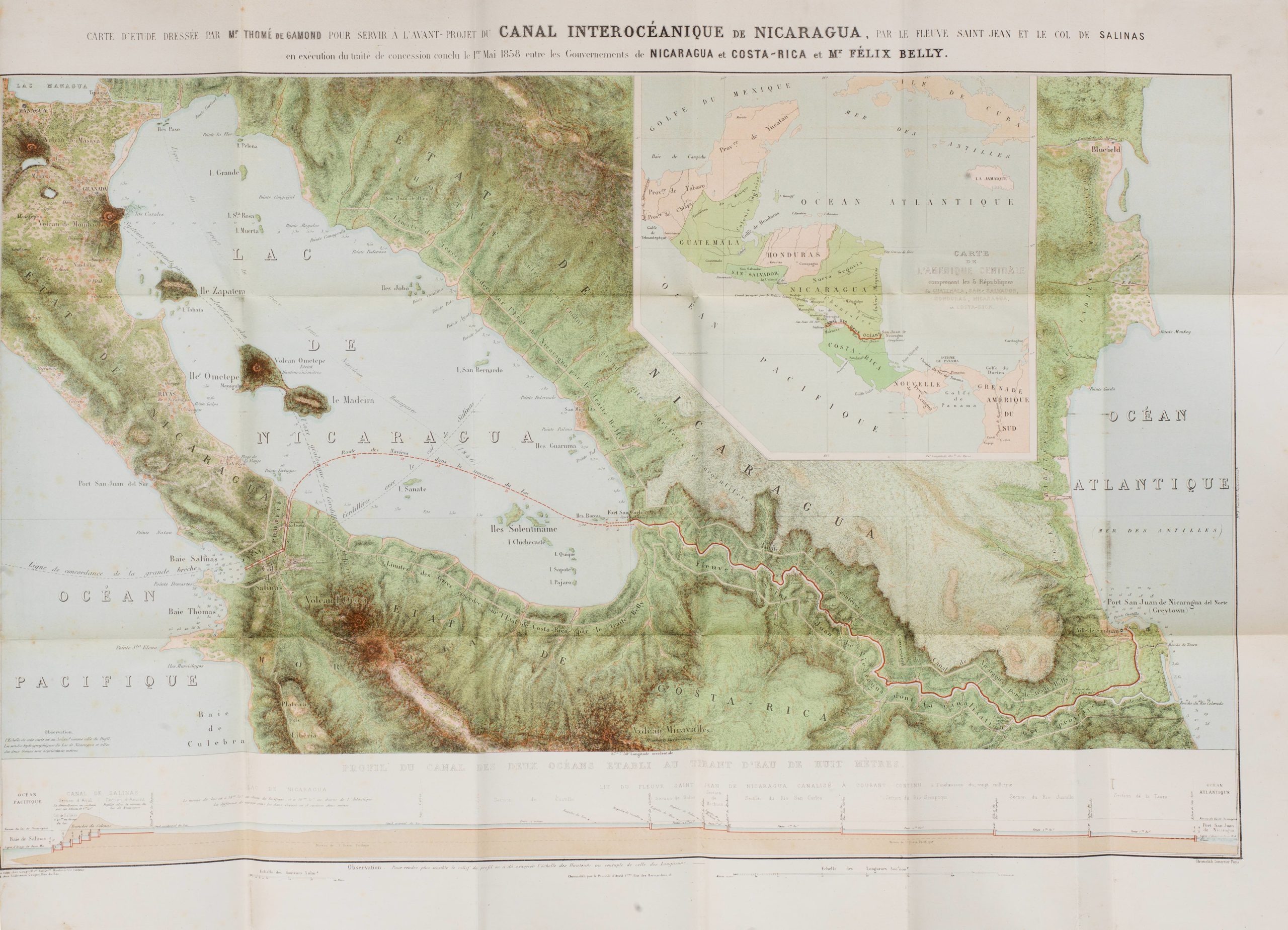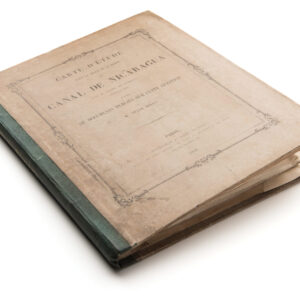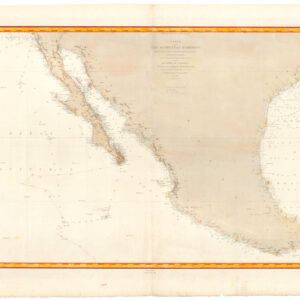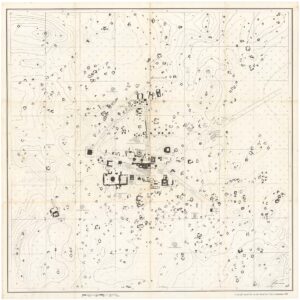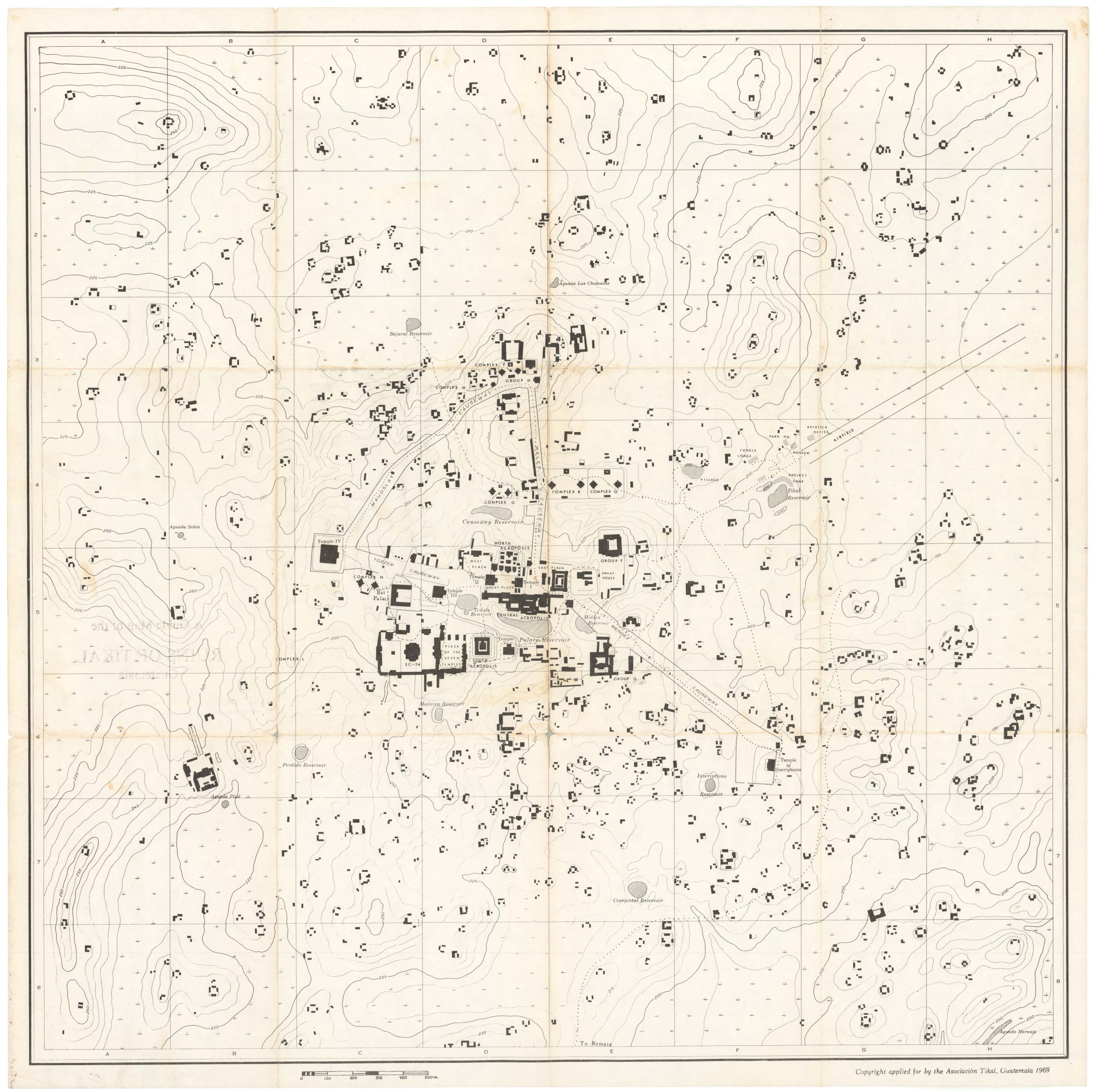Sanson’s 1656 map of Chile: based on the most iconic and important map of the region produced in the 17th century.
Le Chili. Tire de celuy que Alf-de-Oualle P. d la C.d.I. a fait imprimer a Rome en 1646
$475
1 in stock
Description
This attractive map of Chile is desirable and highly sought after by collectors of South Americana across the world. There is good reason for this: the map is both formative and a crucial step in the history of South American cartography. Its scope extends from Peru in the north to Patagonia and the Straits of Magellan in the south.
The map includes one of the first cartographic renditions of the Southern Andes and lends particular weight to the riverine systems, freshwater lakes, and coastal features of the region. The mapmaker delineates the different landscape types prevalent in Chile with old-color outlines in pink and yellow, and an elaborate title cartouche adorns the upper left corner.
Sanson’s map constitutes the first reduced version of an iconic chart produced by Chilean Jesuit Alonso de Ovalle (1603-1651) and issued in Rome in 1646 (as is also indicated in this map’s title). That same year, Alonso de Ovalle also published his most famous work, the Historica relacion del Reyno de Chile y de las missiones y ministerios que exercita en él la Compañía de Jesus, which already in Sanson’s day had become the authoritative history of the country. The work documents the subjugation of the region by the Spanish in great detail and expounds on the so-called Arauco War between the invading conquistadors and the indigenous and recalcitrant Mapuche people.
De Ovalle’s large format map of Chile was the first to be produced by someone familiar with the country’s interior and not merely its coastline. Both his works stand as quintessential ‘first publications’ about this distant region. Due to the primordiality, consistency, and sheer quality of de Ovalle’s observations, both the book and the original map fetch enormous sums when they, on rare occasions, appear on the market.
That de Ovalle’s work stimulated both imaginations and ambitions back home is reflected in the immense popularity that his works received already shortly after publication. This impact is one of the reasons that the time’s greatest French mapmaker reproduced his map in a reduced version for one of his rare 1656 quarto atlases. Two years later, the map was also included in Sanson’s most famous atlas: Cartes Generales De Toutes Les Parties Du Monde (1658).
Alonso de Ovalle is of the highest import when it comes to the historical exploration, mapping, and documentation of Chile. While of immediate Spanish descent, de Ovalle had the explorer’s blood coursing through his veins. His great-grandfather was Juan Bautista Pastene (1507-1580), a Genoese sailor and explorer who served as a maritime officer for the Spanish Crown. Pastene led expeditions up and down the coasts of South America, being the first European to explore the littorals of Panama, Colombia, Ecuador, Peru, and Chile. During his sojourns, Pastene reached as far south as the Chiloé archipelago, which fronts the Corcovado National Park.
Cartographer(s):
Nicolas Sanson d’Abbeville (1600-67) was perhaps the greatest cartographer of 17th century France — a period of France’s political ascendancy in Europe and also a period in which French cartographers displaced the Dutch as Europe’s leading map makers.
As a young man, he attracted the attention of Cardinal Richelieu and, in time, became Géographe Ordinaire du Roi for Louis XIII and Louis XIV, both of whom he personally instructed in geography. Under Louis XIII, Sanson became a minister of state. Sanson has become known as the “father of French cartography,” and his influence is such that the sinusoidal projection he employed has become known as the “Sanson-Flamsteed projection,” recognizing the impact of Sanson (Flamsteed was an English astronomer royal from 1675 to his death in 1719).
Condition Description
Thinning paper and wear along the horizontal center line and repaired marginal tears. Very good. Nice old outline color.
References
